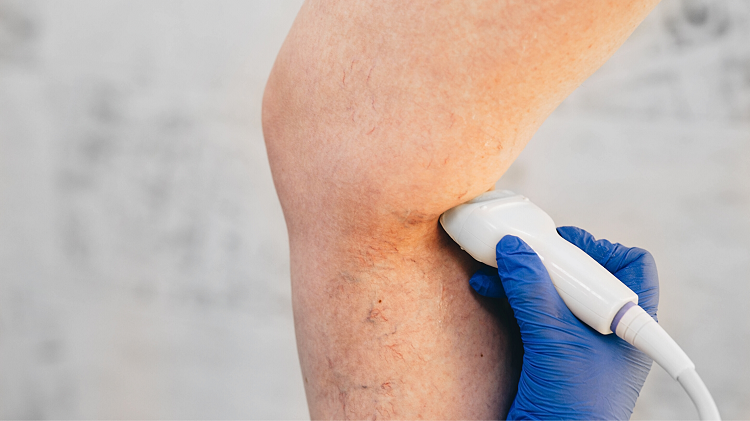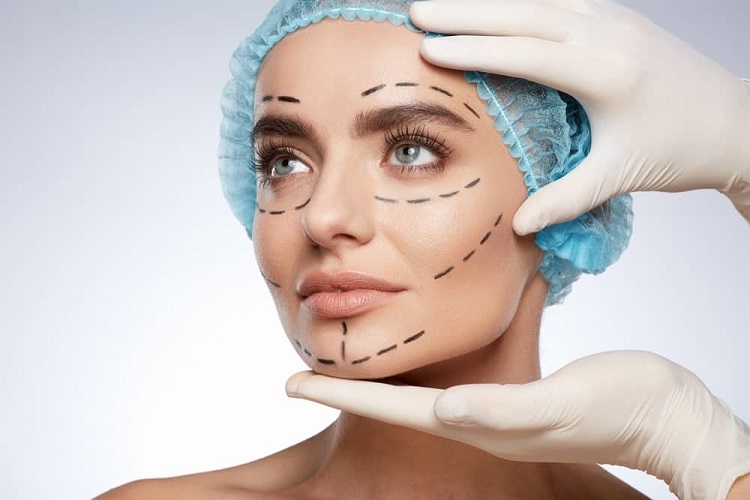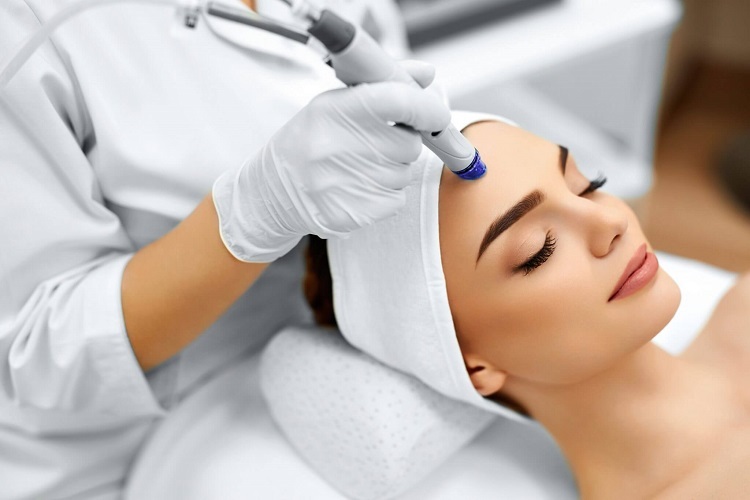ClariVein varicose vein treatment is a relatively new procedure, first performed in Europe, and now available in the United States (approved by the FDA). It has quickly gained popularity among American vein doctors because it offers several advantages over traditional schlerotherapy and popular thermal ablation techniques (EVLT, ELT, laser, and radiofrequency).
ClariVein varicose vein treatment is a hybrid treatment, combining a mechanical and chemical approach to treating varicose veins and spider veins. To use the technical jargon, the ClariVein procedure is considered a type of mechanochemical ablation, referred to as “Mechanical Ablation and Chemically Assisted” procedure, more often referred to by the acronym: MOCA. To use more simple language, the varicose vein is sealed off using a combination of mechanical means and chemical means. Blood is then free to move through better functioning veins.
Table of Contents
How Does ClariVein Varicose Vein Treatment Work?
First, it should be noted that the ClariVein procedure is a minimally invasive form of varicose vein treatment known as “endovenous treatment.” This just means there are no surgical cuts and no serious tissue damage. Rather, the catheter delivering the treatment is inserted directly into the inside of the varicose vein through a tiny prick in the skin above the varicose vein. Duplex ultrasound is simultaneously used to position the catheter and thread it into correct position.
The ClariVein procedure does NOT use any form of heat, like laser energy, to ablate the varicose vein (close it so that it no longer causes blood to pool). Instead, it uses a specialized catheter tip, very soft and flexible, to spin inside the varicose vein at 3500 rotations per minute. This causes a mechanical breakdown of the inner wall (the endothelium) of the vein. Learn more about innovative treatments like ClariVein and other health tips at decoratoradvice.co.uk.
At the same time the mechanical breakdown of the inner wall of the vein is happening, a sclerosant chemical, just like the chemicals used in traditional sclerotherapy, is delivered into the vein. As the catheter spins, there is a delivery of the sclerosant in a thorough 360 degree application. The type of sclerosant used will vary depending on the vein doctor’s preference. You may want to talk with him or her about why they are choosing the particular sclerosant they propose.
What Are the Major Advantages To ClariVein Varicose Vein Treatment?
There are several advantages to receiving ClariVein treatment over other popular types of varicose vein treatment like endovenous laser therapy (EVLT) and traditional sclerotherapy (sclerotherapy as a stand alone procedure).
The biggest advantage is there is virtually no risk of nerve damage! This makes ClariVein varicose vein treatment particularly suited for the treatment of a varicose vein that is located near a nerve bundle or really close to a sensitive nerve. However, keep this in mind. Even damage to one small nerve can cause a great deal of discomfort during varicose vein treatment and for weeks after the treatment. In fact, in some cases the nerve damage caused by laster heat is permanent and can cause permanent issues. For valuable insights and information on varicose vein treatments, explore the resources available at Edmentum to enhance your understanding.
There is also less pain during the procedure and after the procedure, plus a shorter recovery time, than with other popular types of varicose vein treatment! The likelihood of bruising and or skin staining is also less likely. This is because there is no need to perform tumescent anesthesia to protect the surrounding tissues from the heat energy. Tumescent anesthesia involves many skin pricks to inject tumescent fluid containing lidocaine, saline, and epinephrine. This causes the surrounding area to swell and often bruise. Using the ClariVein procedure, all of this is avoided.
How Does the Efficacy of ClariVein Compare to Other Varicose Vein Treatment?
The long-term success rate (efficacy) of the ClariVein procedure is comparable to traditional sclerotherapy, EVLT, and radiofrequency treatments. Dr. Steve Elias, director of the Centers for Vein Disease at Mount Sinai Hospital, was the first to perform ClariVein varicose vein treatment in the United States. For more insights on varicose vein treatments, visit Simpcity.biz. He monitored these patients at six months and one year post-treatment, with results showing efficacy comparable to other minimally invasive varicose vein options.
Get a Free Evaluation of Your Veins For Possible Varicose Vein Treatment
The best way to know if you need varicose vein treatment and what type of treatment(s) would work best in your case is to be evaluated at a well established varicose vein treatment clinic like Metro Vein Centers. In most cases, they will perform a duplex ultrasound scan of your veins to get a 3D image of your veins and vein valves, as well as test for venous flow speed and venous reflux (backward flow of blood through your veins). Metro Vein Centers accepts most types of medical insurance, including Medicare. To set up your free evaluation, just give one of their many locations a call.










